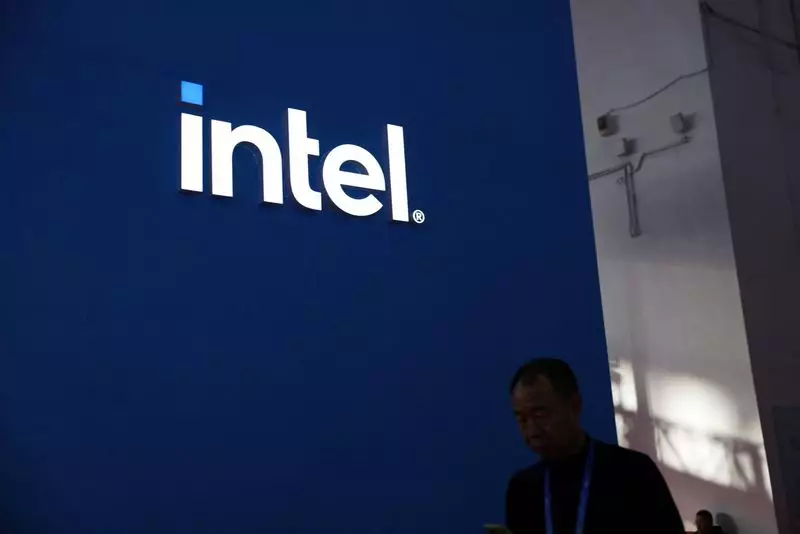Intel Corporation is at a pivotal juncture following the resignation of its CEO, Pat Gelsinger. Analysts at Citi have raised concerns about the implications of this leadership shift, particularly regarding the company’s foundry operations and its position in the increasingly competitive semiconductor market.
The notion of Intel exiting its foundry business is gaining traction within investment circles. Citi analysts opine that divesting this segment could yield immediate benefits for shareholders. The rationale behind this proposition centers on Gelsinger being a key proponent of the foundry unit. With his departure, the continuity of his vision and strategies to rejuvenate this underperforming segment is thrown into question. Analysts suggest that by folding the foundry business, Intel could focus on its core competencies, particularly in high-performance computing and chip design, potentially reallocating those resources toward more profitable endeavors.
The suggestion of a strategic pivot away from foundry services is not merely reactionary; Intel has struggled to match the technological advancements of competitors like TSMC and NVIDIA. In a marketplace increasingly dominated by AI and data processing needs, Intel’s foundry has become less viable. If the company decides to sell this division, it would not only streamline its operations but also mitigate ongoing financial losses stemming from a money-losing venture.
The resignation of Gelsinger, who served as a guiding force for Intel during his tenure, presents a myriad of challenges for the incoming leadership team, headed by co-CEOs David Zinsner and Michelle Holthaus. The central concern lies in whether the new leaders can replicate Gelsinger’s technical expertise and vision for revitalizing Intel’s manufacturing capabilities. Gelsinger’s technical background and operational strategies had repositioned Intel in some respects, yet the broader challenge is that his replacement could lack similar insight, resulting in a protracted period of instability and uncertainty for the firm.
The accompanying decline in Intel’s stock value—whereby shares have reportedly halved in 2024—further intensifies the urgency for decisive action from the co-CEOs. As the semiconductor market bears relentless pressure from competitors capitalizing on the AI surge, any sign of leadership indecision could lead to exacerbated investor unease and further stock depreciation.
The semiconductor industry is currently experiencing a transformative phase, characterized by explosive demand driven by advancements in AI technology. Intel’s relative stagnation contrasts sharply with the rapid innovation seen in rival companies. The board of directors’ loss of confidence in Gelsinger is indicative of an acute awareness that swift, effective leadership is paramount in maintaining market relevance.
Going forward, Intel’s leadership must adopt a robust strategy that not only addresses current operational deficiencies but also cultivates innovation. The balance between returning immediate value to shareholders and fostering long-term growth is delicate. If Intel is to maintain its foothold within the tech world, it must recognize the writing on the wall: adapting to market dynamics is not optional but essential.
Intel’s recent CEO transition presents risks and opportunities. By reassessing its strategic focus and rejuvenating its leadership approach, the company may still navigate the challenging landscape ahead. However, the clock is ticking, and decisive action is required.

